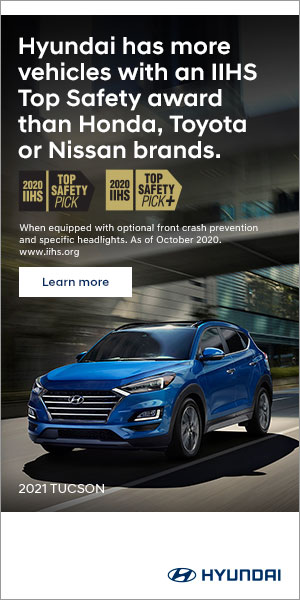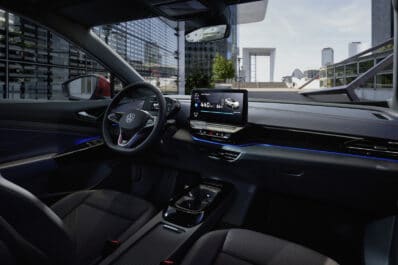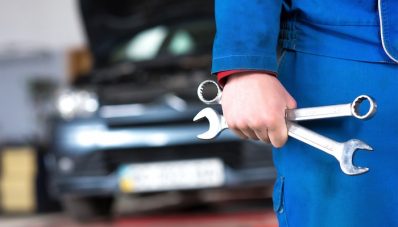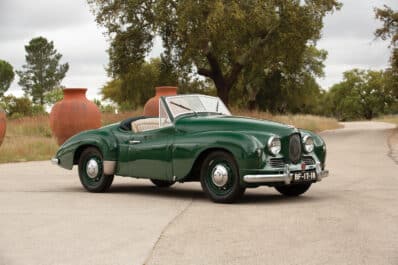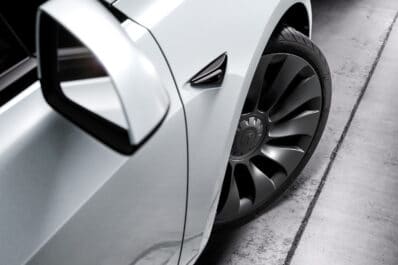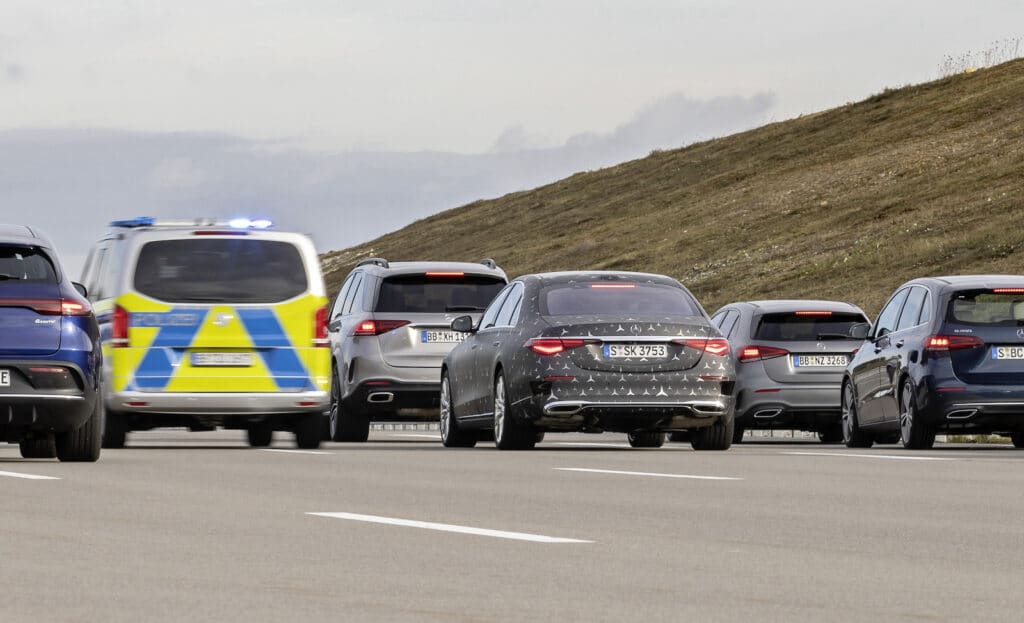
Mercedes-Benz announced Thursday the German Federal Motor Transport Authority, or KBA, has approved the use of automaker’s Level 3 autonomous driving system.
The KBA granted the approval based on the requirements of the United Nations UN-R157 technical regulations for autonomous driving. The move paves the way for Mercedes-Benz’s system, dubbed Drive Pilot, to be offered worldwide.
“We have now achieved a breakthrough: We are the first manufacturer to put conditionally automated driving into series production in Germany,” said Markus Schäfer, chief technology officer at Mercedes-Benz AG. “For the first time in 136 years of automotive history, the vehicle takes over the dynamic driving task under certain conditions.”
Germany drivers getting first experience
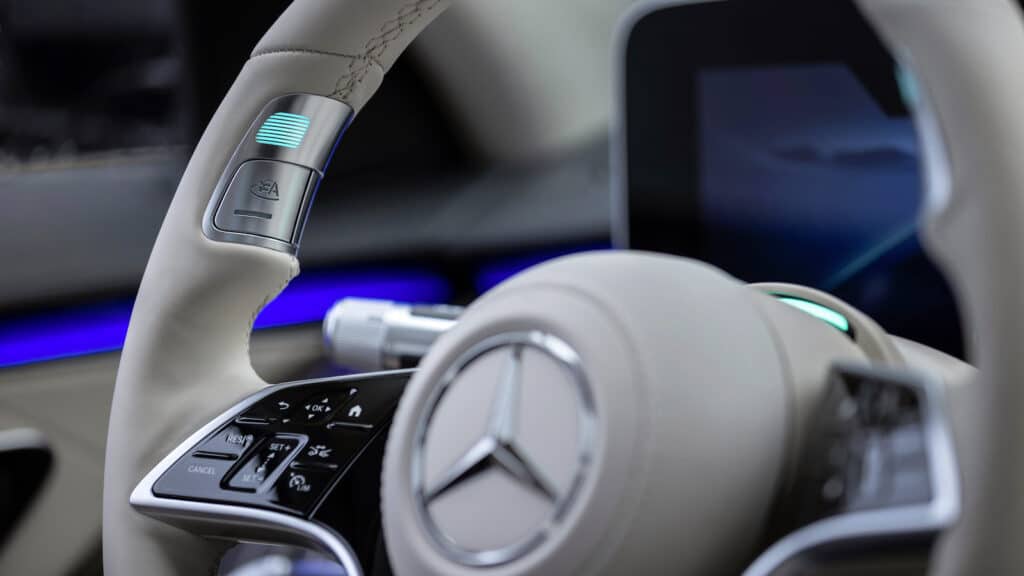
Drive Pilot will be offered on the Mercedes-Benz S-Class in Europe in the first half of 2022. The system facilitates automated driving at speeds of up to 37 mph in heavy traffic. But don’t look for it in the U.S.; Level 3 systems are not yet legal to use on American roads. The same holds true in China.
In fact, the progression from Level 2 to Level 3 automation is so substantial, it requires national legislation in each country to permit it. Germany was the first country to approve the use of Level 3 systems, passing the Road Traffic Act in 2017, and there’s more than 8,140 miles of German roads where Drive Pilot can be employed.
The difference between Levels 2 and 3
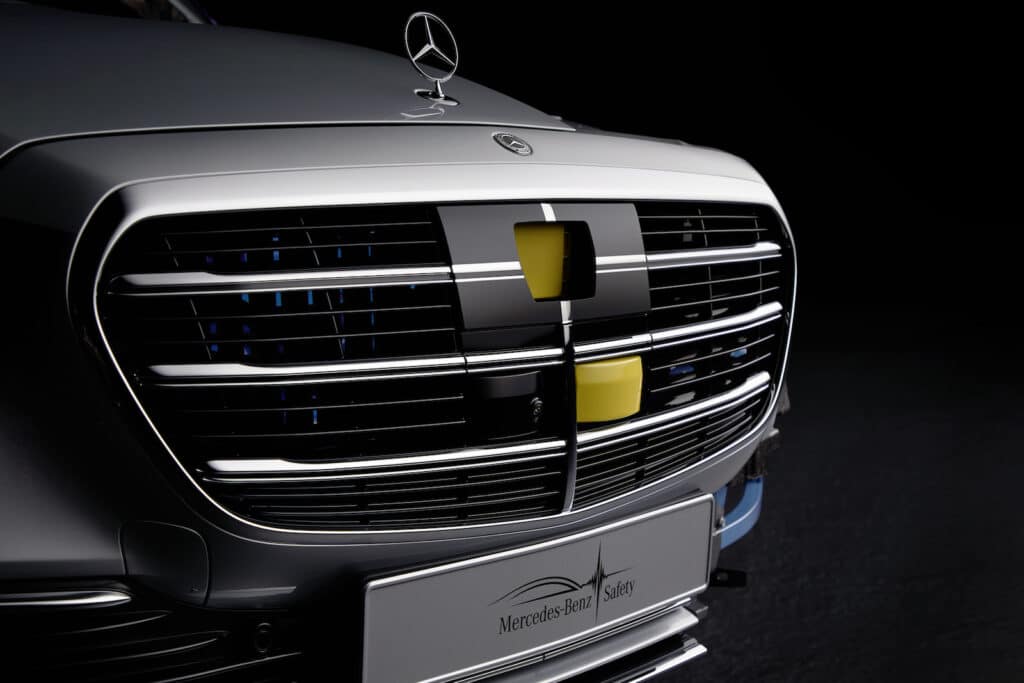
Currently, the most advanced autonomous driving systems are Level 2, which supports the driver by allows taking over steering, acceleration, and braking. So, a driver’s feet may be off the pedals and they might not be steering, but constant supervision is required to take over. You are still actively driving the car.
Level 3 is known as conditional driving automation. It uses the car’s driver assistance systems and artificial intelligence to drive the car without your input in certain conditions. Unlike Level 2, driver supervision is not required. This means you can answer email or shop online while the car drives, but you can’t catch some shuteye. Drivers must be ready to take over when the system requests.
How Drive Pilot works
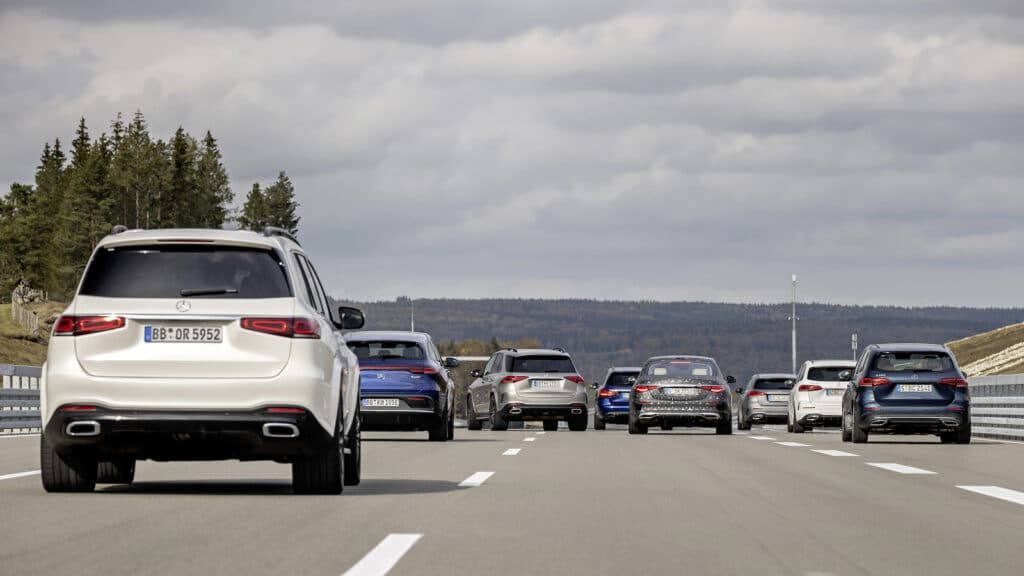
Drive Pilot is based on Mercedes-Benz’s Driving Assistance Package, which includes radar-based cruise control with steering assist, blind spot assist, lane keeping assist, and rear automatic braking with pedestrian recognition. But Drive Pilot has additional sensors, microphones, lidar, and a camera in the rear window.
The system also gathers information about road geometry, route profile, traffic signs and any alerts of accidents or construction from a digital map through a backend connection. The car’s position is monitored using satellite navigation matched to sensor data and a 3-D map. The system is programmed to bring the car safely to a stop if the driver is unable to take back control of the car. Drive Pilot also includes redundant steering, braking and electrical systems.
Where other automakers stand
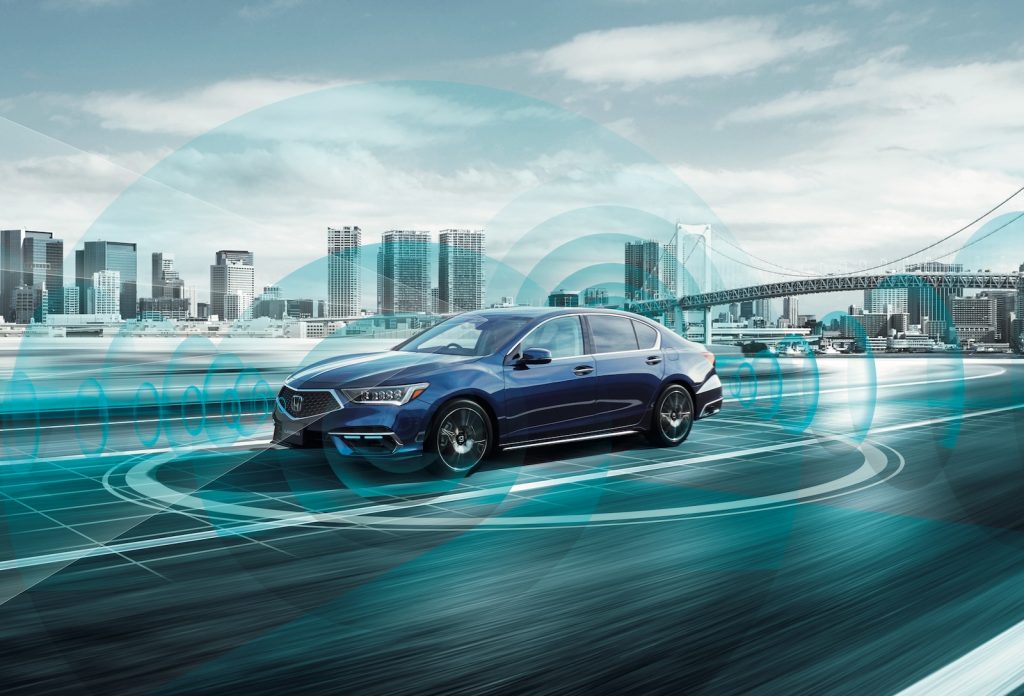
Despite what Daimler officials might think, they are not first to offer a Level 3 production car. That honor goes to Honda. In March 2021, the company announced Japanese government approval for Honda Sensing Elite with Traffic Jam Pilot, a Level 3 autonomous driving system available in the Japanese-market Honda Legend Hybrid EX. But Honda has built about 100 so far, and the are available for lease, not purchase.
Other automakers are still offering advanced Level 2 systems, with Tesla’s Autopilot, and Cadillac’s Super Cruise being the most advanced. Other Level 2 systems include Ford’s BlueCruise, Nissan’s ProPilot Assist 2.0, and Hyundai’s Highway Driving Assist.

